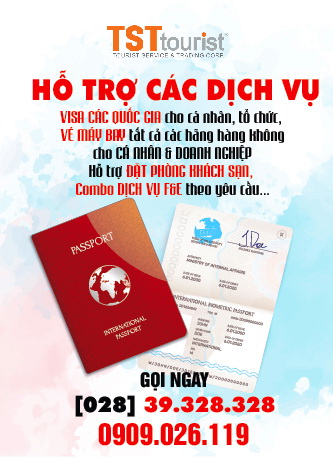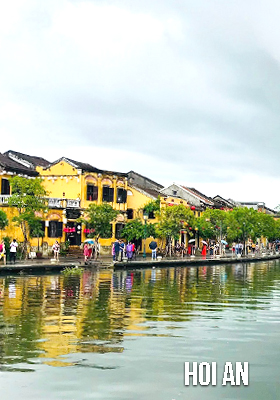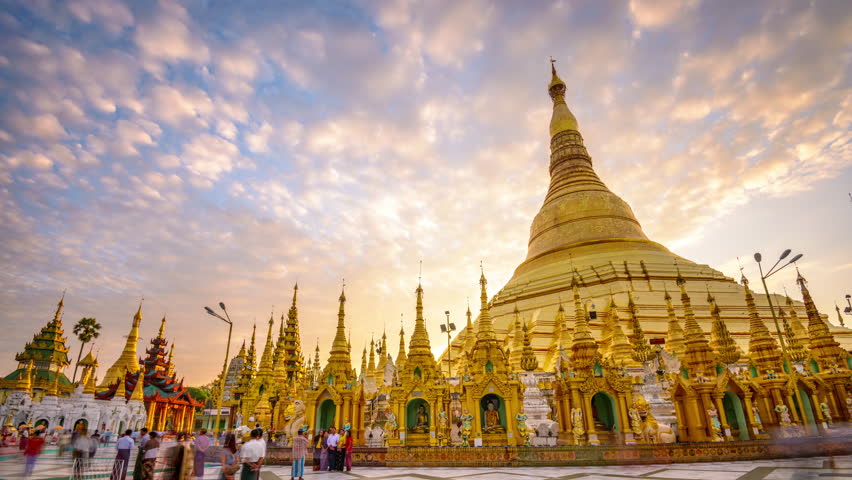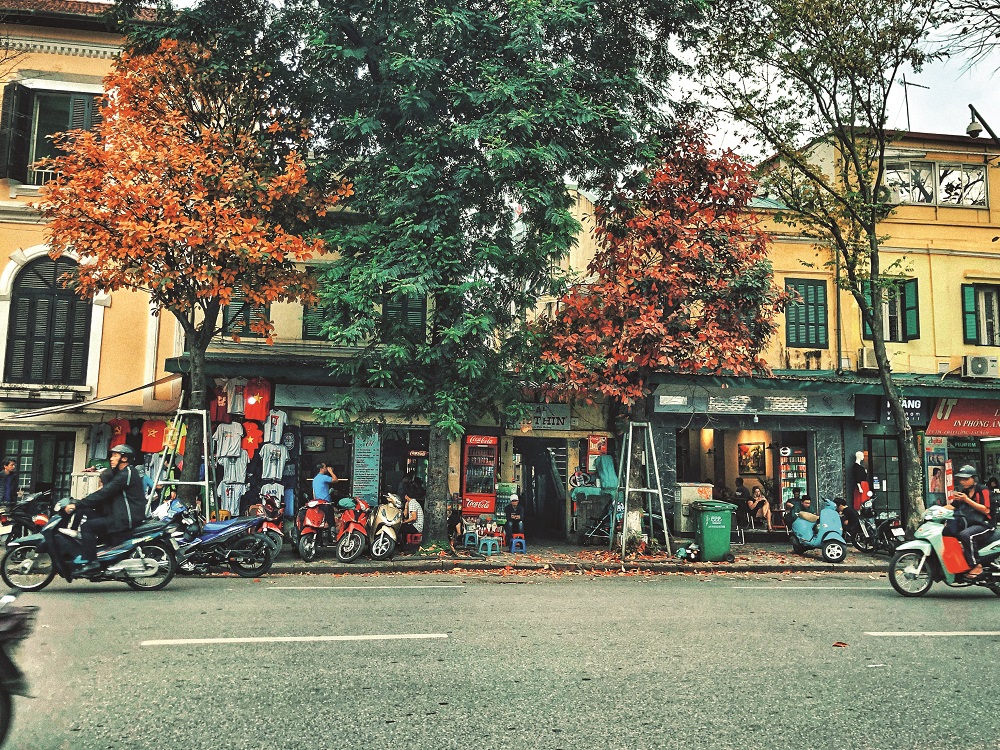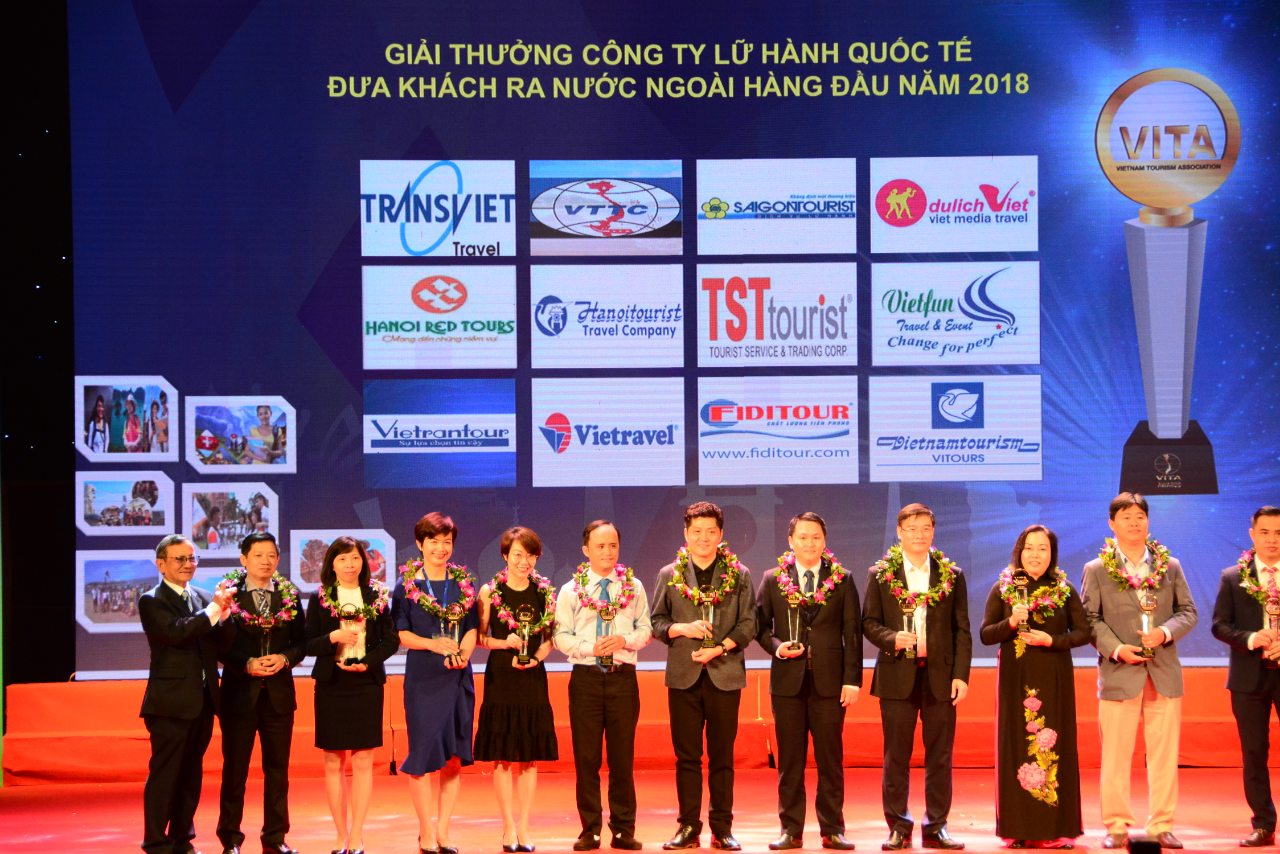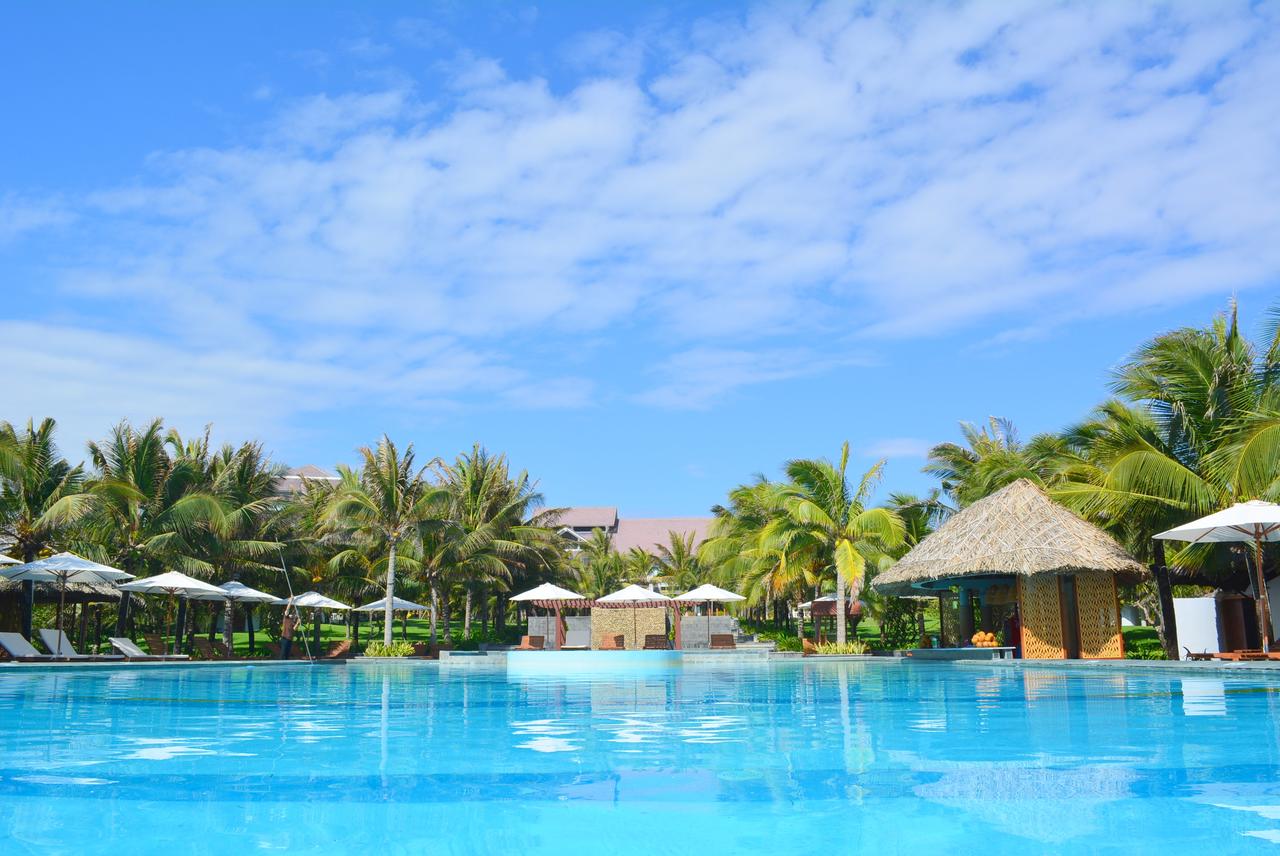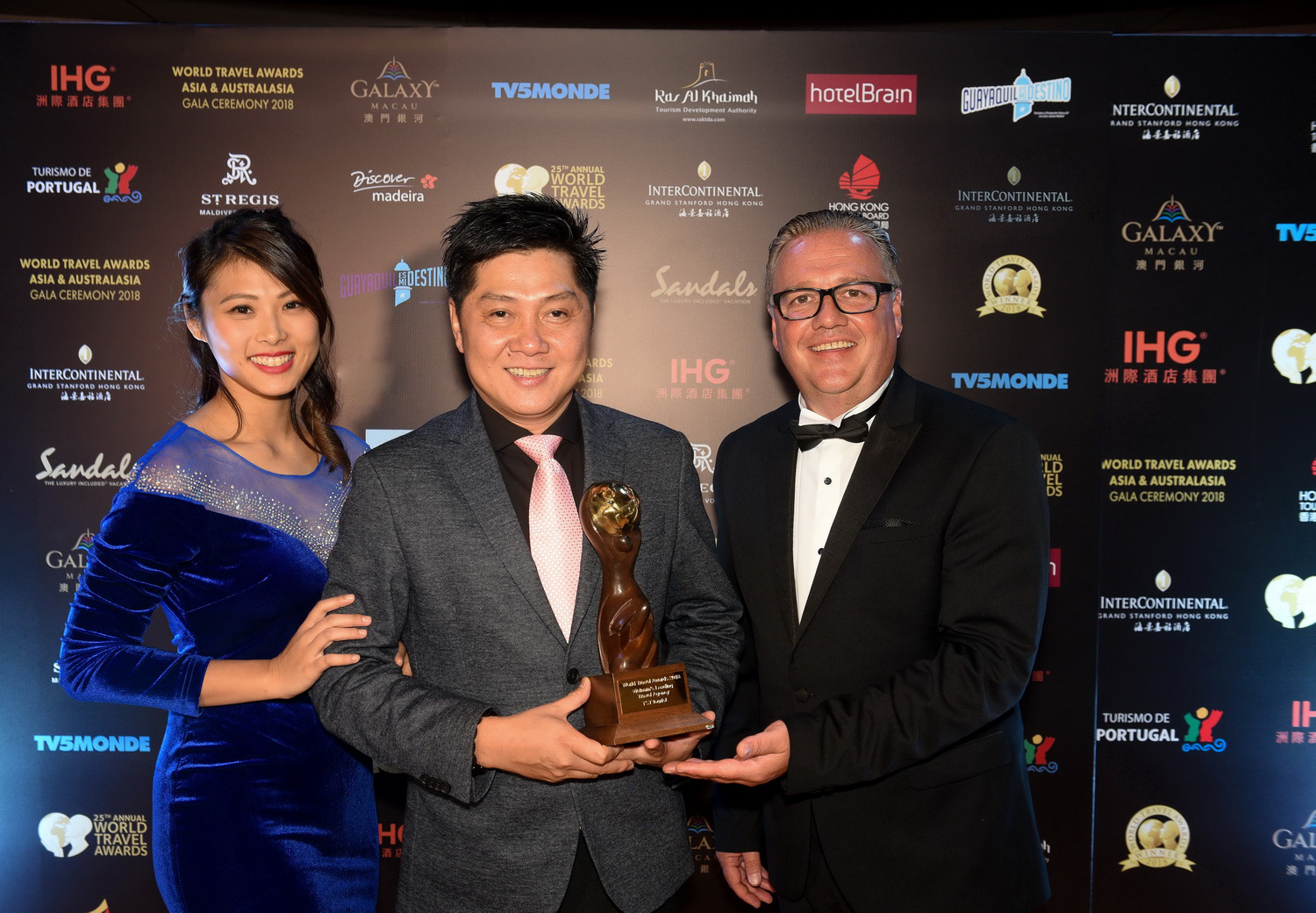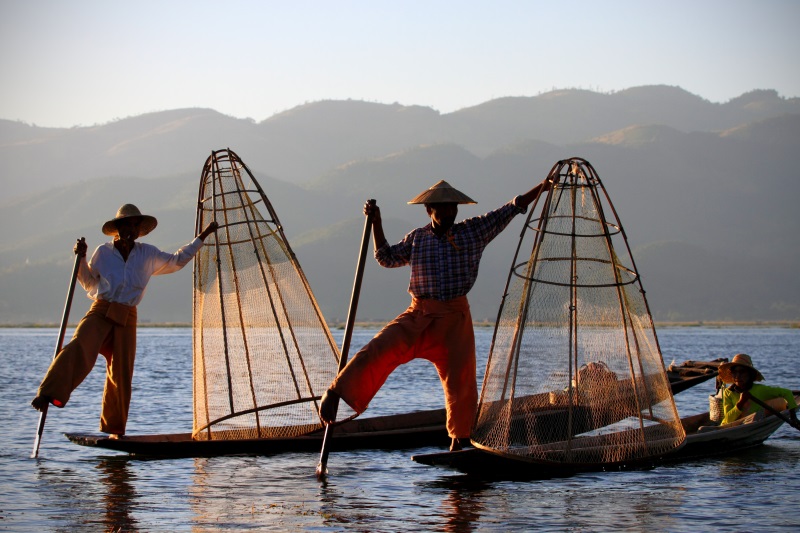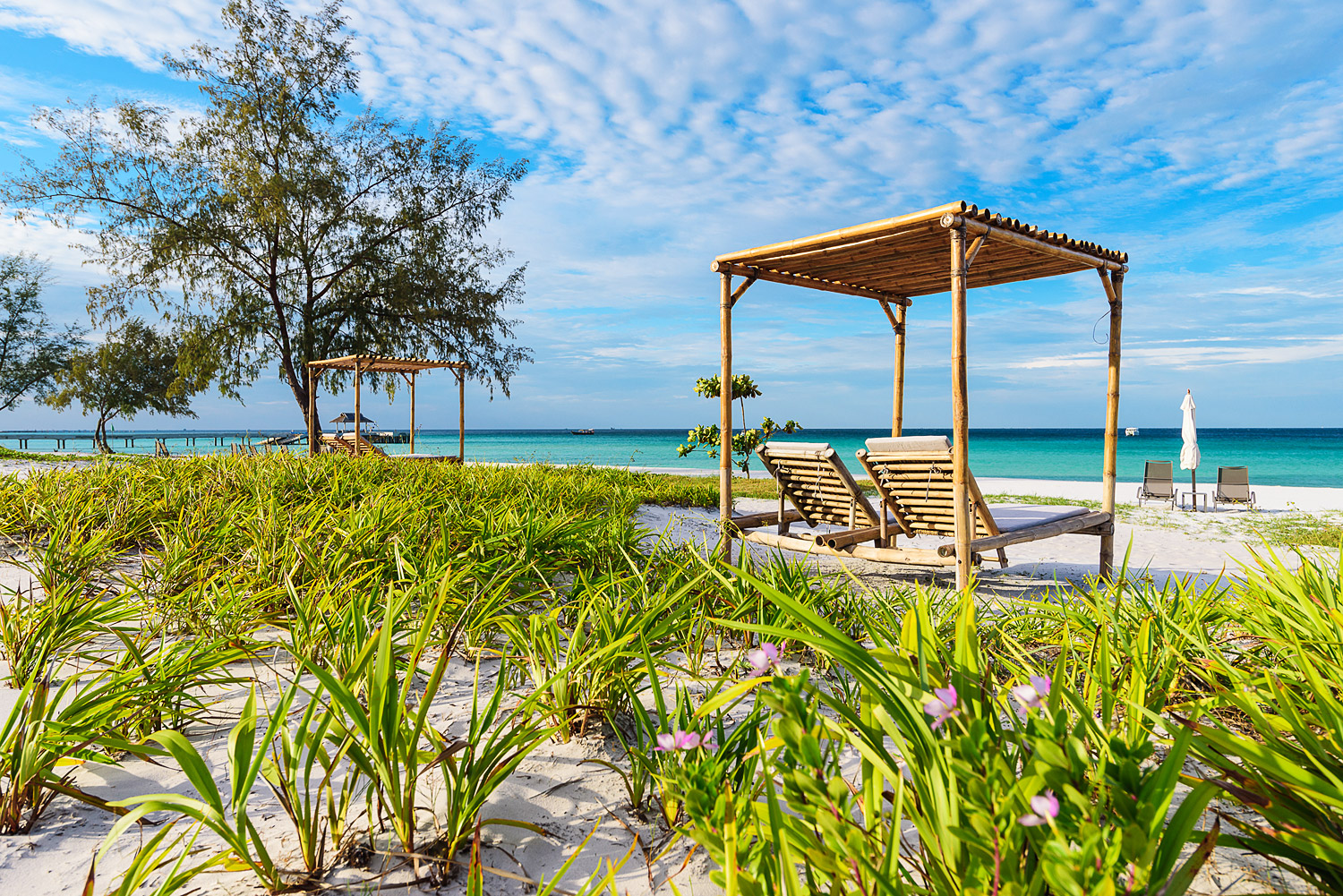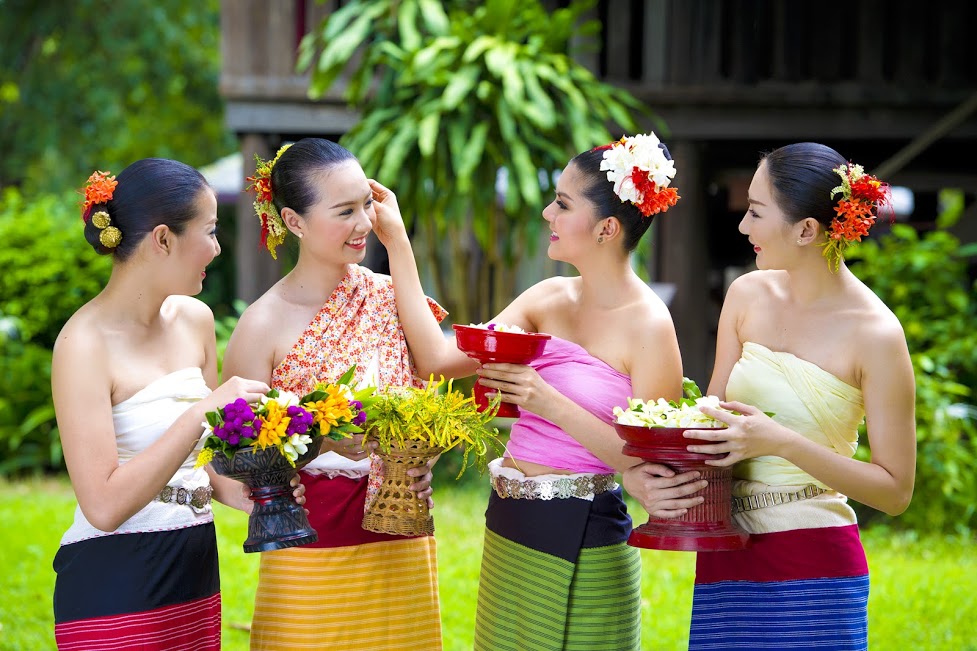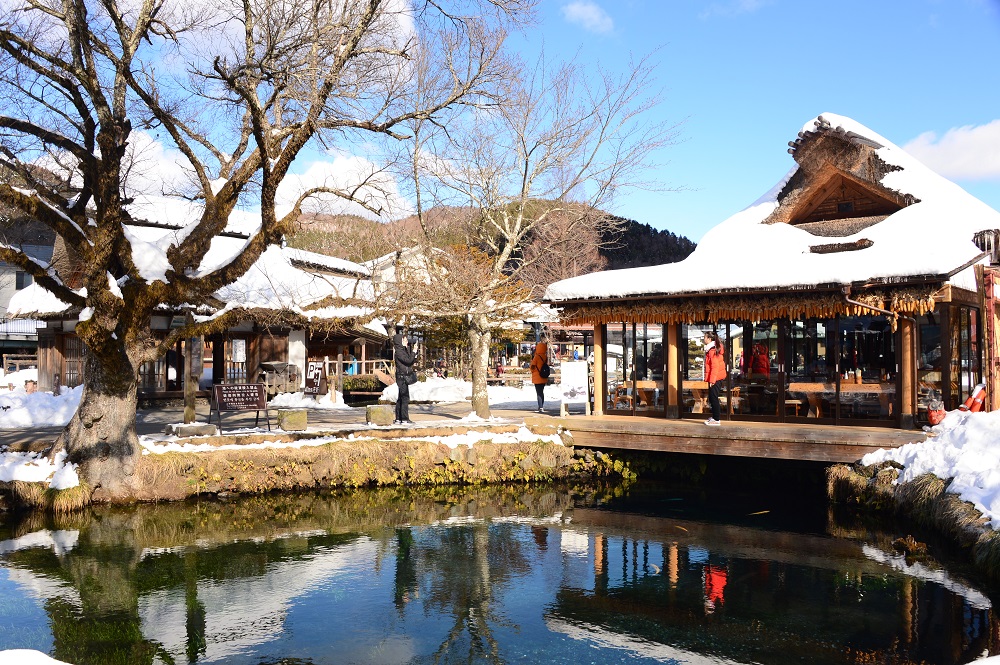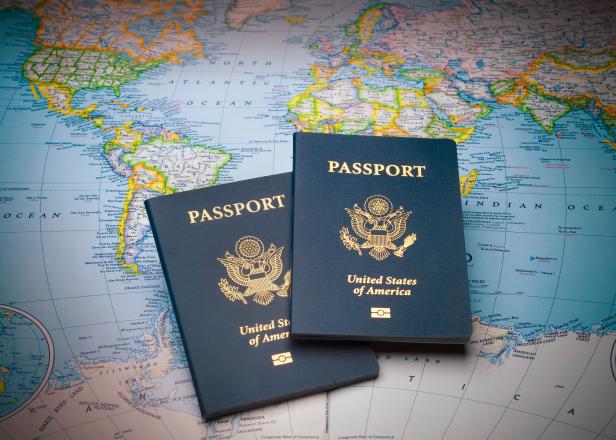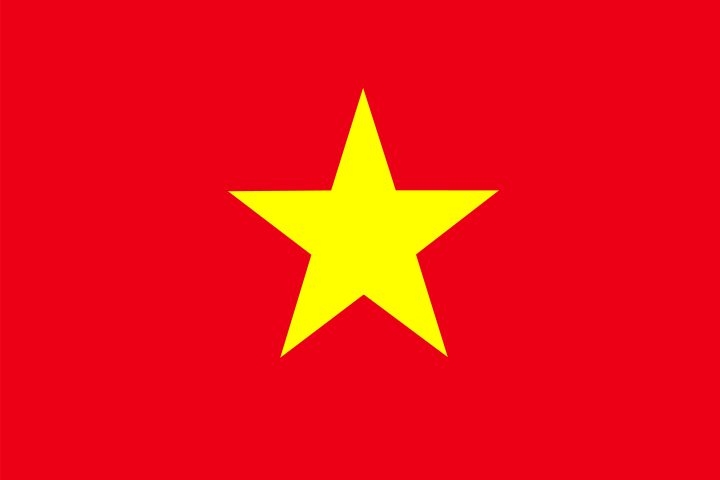- homepage
- news
- asia destination
- island paradise - royal sands koh rong
Island paradise - Royal Sands Koh Rong
Luxury is often unassociated with eco-friendliness. That is not the case in Cambodia. At the Royal Sands Koh Rong, an hour off the coast of Sihanoukville, the environment is of prime concern, even before the resort was built.
Having found the virgin beachfront property, co-owner Luzi Matzig says: "It was by accident that we came across this beautiful piece of land. A Cambodian-diplomat friend bought some land in Sihanoukville and wanted me to see if a hotel was worth building on it. The land was not suitable, so we decided to look around the islands off the coast. We came to Koh Rong and saw the beach and fell in love. It was the perfect spot to build a resort."
It wasn't easy building The Royal Sands, since, as on many of the islands of Cambodia, there were no facilities, not even electricity. Planning took a year and construction another two years, with an environmental survey done on the area before any work began. The resort took around three years to build, before it first opened its doors -- even constructing a helipad (there are two) on the beach to welcome the prime minister to cut the inaugural ribbon.
"We wanted to build a sustainable resort, more focused on European tourists. Building a huge hotel here that was 10-storeys high doesn't fit the surroundings. You have to build something that fits the scenery," adds Matzig.



The five-star resort, a joint venture between the Royal Group of Cambodia and Matzig, is designed to make the most of the beachfront property, and all the villas are oceanfront and private. Almost all have small private pools, too. Only the pristine white-sand beach separates the villas from the turquoise waters of the bay. Life is tough sometimes!
The villas, designed in island chic, are spacious and offer all the luxury amenities, complete with a "bathtub" that could fit a minimum of five people comfortably. French windows, which double as doors, lead to an outdoor veranda, a daybed and private pool, while the bathroom has its own pool entrance via the outdoor shower. Needless to say, I took many a pool picture (with me in it, of course) for the 'Gram. Isn't that what the cool kids do these days?
The villas, two restaurants and laundry are powered by diesel generators, and management is looking into creating a solar farm on the property to power the kitchens, instead of diesel. "We are in the process of conducting surveys," says the chief engineer. Currently, four solar panels power the jetty and restaurants.

The Buddha statue is made from recycled copper strips.

2-bedroom oceanfront villa.

The resort is completely plastic-free. "We are against plastic and you won't find it on the island [save for the solitary laundry bag for wet clothes]," Matzig says.
Fear not, the straws in your drinks are bamboo and drinking water in the rooms come in glass bottles. Drinking water, which is hard to come by on some islands, is processed on the property. "We use reverse osmosis for our drinking water. There is a centralised wastewater treatment plant behind the resort. Waste water is also used for gardens. There is also water that comes from deep wells nearby and is stored in our underground wells. This is treated with reverse osmosis and used for drinking," adds the chief engineer. The wastewater treatment plant also has its own drinking-water bottling plant.
The white sand beach isn't left behind in this eco-friendly luxury resort. The resort has invested in a state-of-the-art beach cleaner that combs the beach for rubbish, which is incinerated on the property. Waste metal is exported to the mainland for further processing.





With two restaurants, keeping the kitchens green requires meticulous planning. Executive chef Chau Doan and her husband, who is the pastry chef, have been with the resort since it opened in September 2017. They set up the kitchen and trained the staff. Chef Doan's focus is local produce as much as possible, concentrating on traditional flavours in a modern presentation. Despite the many challenges she faces being on an island and catering to two restaurants, chef Doan gets her seafood from local fishermen, though she says "the consistency is not that good".
"So, we get live seafood from Phnom Penh, where I know the local suppliers and the seafood is delivered alive and fresh. Most of the herbs and vegetables are grown on the property. We try to grow Italian and Khmer basil, mint, coriander, baby corn, tomatoes, herbs and micro herbs in our kitchen garden," says the Vietnamese-born, Australian-bred chef.
Electricity is used in moderation, since the resort produces its own. The two restaurants are open-air, letting the sea breeze waft through. For those pampered souls who can't deal with just fresh air, there are fans. The restaurants offer different menus, which change every three months. Almost everything is made in-house, even the bread.
"We are lucky that Cambodia has good French flour to make good bread, so all our bread and pastries are housemade. However, some things, which cannot be grown on the island, have to be ordered from the mainland, and they don't always come on time. Last Christmas, we had a three-day delay with our groceries. This is why we have to be smart about the orders to suppliers, the produce and menus. Since fresh food is hard to come by, we have to be very good in ordering. We never stock a lot of food, because of the waste. Dairy products are challenging, so we make our own yoghurt in small batches," adds chef Doan. Almost all the kitchen waste is composted in the gardens.
"Since there is nowhere else to eat on this side of the island, we have to ensure the food is good and tasty, and has large variety," says the chef. Though the resort caters to European tourists, chef Doan offers a lot of Asian flavours, like Khmer and Indonesian, "since I worked in Indonesia". She is also partial to Thai and Vietnamese.
Despite being operational for less than two years, The Royal Sands Koh Rong already has an award under its belt. It was awarded an eco award by the Cambodian government for being a sustainable and environment-friendly resort. "The Cambodia government had plans to develop the island for a long while and The Royal Sands is the first step towards it," says Matzig.
It doesn't stop here for the luxury resort with future plans, including taking over the neighbouring Sok Sang resort that was built for the TV series Survivor and opened to tourists after the TV crew left. "It is already 50% owned by the Royal Group and the plan is to become a slightly lower-end resort after an upgrade," Matzig says.
There is a wide range of water sports and activities on offer, but the main goal here is relaxation. Yes, luxury does come with a spa! Take a dip in your private pool or the resort pool overlooking the long stretch of beach, curl up on the daybed or sip sundowners by the fire pit. The Royal Sands Koh Rong offers the ultimate in private beach pampering.
Getting there in style
VIP Jets offers bespoke air-charter services between Don Mueang International Airport and Sihanouk International Airport, Cambodia. The best thing about flying private is check-in, no extra baggage fees or weight allowance (we are not suggesting you fill your bags with stones, though), private immigration clearance and security check. You set the schedule and VIP Jets does the rest. Visit vip-jets.net.
The Royal Sands, in partnership with Helicopter Cambodia, offers private helicopter transfers between the resort and Phnom Penh, Siem Reap and Sihanoukville international airports. Visit royalsandskohrong.com.
Getting there on a budget
AirAsia launches a new direct flight from Bangkok to Sihanouk International Airport, the closest airport to Koh Rong in Cambodia, four times per week, starting on July 1. Visit airasia.com.
The Royal Sands provides a round-trip private ferry-boat service from Sihanouk International Airport to the resort pier. Alternatively, they also pick you up from the pier, inside Sihanoukville Port Gate 1. The ferry trip takes approximately 40 minutes.
Visit www.theroyalsandskohrong.com.
- Yamanashi the sacred land of dragon 07/02/2020
- Spectacular Seorak in the golden leaf season 18/10/2019
- The unique Intha people 04/10/2019
- Cebu spectacles 20/05/2019
- 7 of Cambodia's best islands 20/05/2019
- Jubilant Songkran 22/05/2019
- Phuket's hidden pearl 20/05/2019
- Myanmar myths 18/05/2019
- Bring yourself to Bang Rak 20/05/2019
- The vivid summer colors of Thailand 18/05/2019
Business hours:
- From 8:00 - 18:00 Mon - Fri
- From 8:00: 12:00 Saturday
International Tour Operator License No: 79-162/20/2014/TCDL-GP LHQT.





